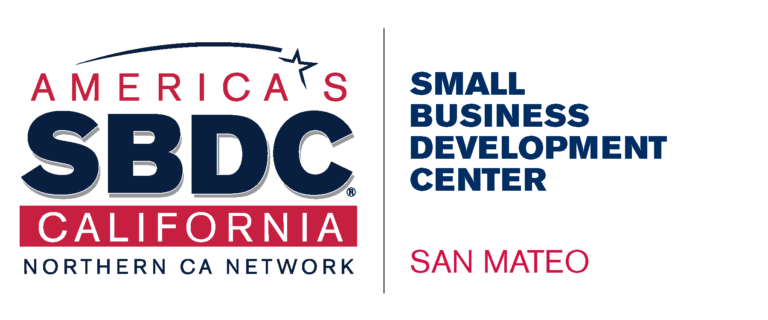FAQ's
SBDC Questions and Answers
How Do New Changes Impact My Existing PPP Loan?
Answered 3 years ago
Tax Treatment: The new law overturns the IRS ruling and provides that regular business expenses paid for with PPP loan proceeds shall be deductible for tax purposes (applies to past and future loans).
Expanded List of Expenses Qualifying for Forgiveness: The list of expenses that PPP funds can be used for that qualify for loan forgiveness has been expanded to include:
“operations expenses” defined as payments for business software and cloud computing services and other human resources and accounting needs that facilitate business operations;
“supplier costs” defined as payments to a supplier for goods that are essential to the operations of the borrower pursuant to a contract or purchase order in effect before the PPP loan is disbursed or with respect to perishable goods, in effect at any time;
“worker protection expenses” defined as operating or capital expenditures to comply with public health guidance related to COVID-19, including things like drive-through windows and sneeze guards and the purchase of personal protective equipment (PPE); and
“covered property damage costs” defined as costs related to property damage or looting due to public disturbances in 2020 that are not covered by insurance or other compensation.
Remember: It is still the case that not more than 40% of the forgiven amount can be for non-payroll costs, which may limit how much of your loan can be forgiven.
Loan Forgiveness Reduction: If you also received an EIDL grant, your PPP loan forgiveness will no longer be reduced by the amount of the grant.
Loan Forgiveness Period: The period for which expenses count toward loan forgiveness will begin on the date of loan origination and end on a date of your choosing that is between 8 and 24 weeks after origination.
Simplified Application: If your loan was for less than $150,000, there will be a simplified one-page application process for loan forgiveness.


